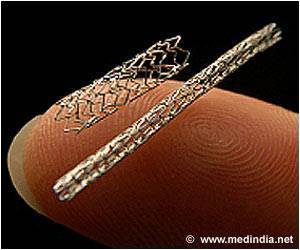Dual-energy computed tomography (DECT) improves diagnostic image quality in imaging peripheral arterial disease when compared to conventional CT angiography.

‘Patients suffering from peripheral arterial disease are likely to be associated with other pathologies, such as coronary artery disease or renal damage.’





The review shows that DECT improves diagnostic image quality in imaging peripheral arterial disease when compared to conventional CT angiography, with moderate diagnostic accuracy reported. The review highlights another important application of DECT, which is the significant reduction of contrast medium with up to 50% reduction without losing image quality. Despite these advantages, high radiation dose associated with DECT is still a concern which needs to be addressed by further research. CT is a widely used imaging technique in many clinical applications including the diagnostic assessment of peripheral arterial disease, which is one of the common cardiovascular diseases.
Patients suffering from peripheral arterial disease are likely to be associated with other pathologies, such as coronary artery disease or renal damage, therefore, judicious use of contrast medium is of paramount importance because of the risk of contrast-induced acute kidney injury.
Thus, analysis of this review suggests the potential value of using low-dose DECT in peripheral arterial disease due to the beneficial effect of lowering contrast medium significantly while still achieving diagnostic images.
Source-Eurekalert











